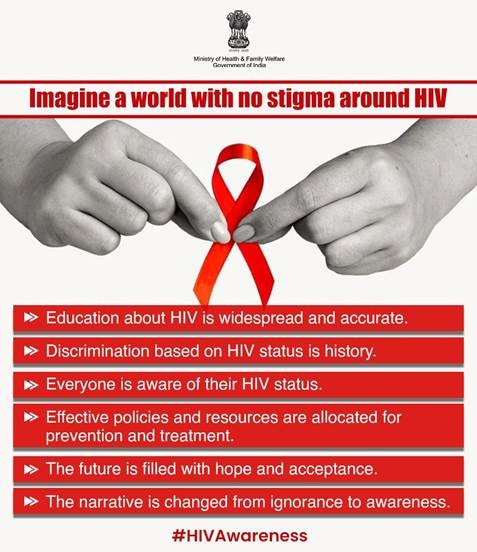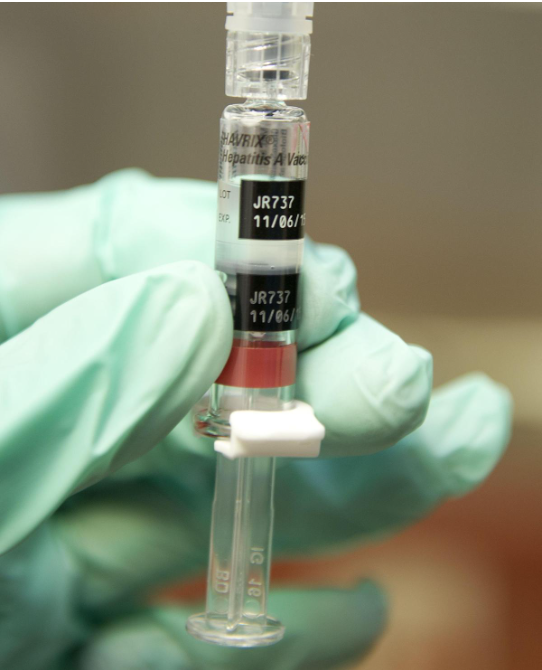





Source: INDIANEXPRESS
Disclaimer: Copyright infringement not intended.
Context
Details
Transmission and Hosts
Symptoms
Diagnosis
|
PCR AND ELISA Polymerase Chain Reaction (PCR)
PCR is essential for various applications, including genetic research, medical diagnostics, forensic science, and biotechnology. It allows for the detection and analysis of DNA even from small or degraded samples. Enzyme-Linked Immunosorbent Assay (ELISA)
ELISA is widely used in diagnostics for diseases, including HIV, and in various research applications to measure the concentration of substances in biological samples. It is valued for its sensitivity, specificity, and versatility.
|
Treatment
Prevention
Epidemiology
Affected Regions and Patterns
Arboviruses
|
Category |
Details |
|
Definition |
Viruses transmitted by arthropods (e.g., mosquitoes, ticks). |
|
Transmission Vectors |
Mosquitoes (e.g., Aedes, Culex), Ticks (e.g., Ixodes), Sandflies, and other arthropods. |
|
Human Diseases |
Dengue Fever, Zika Virus, Chikungunya, Yellow Fever, West Nile Virus, Japanese Encephalitis. |
|
Symptoms |
Fever, headache, rash, joint pain, muscle pain, hemorrhage, encephalitis (varies by virus). |
|
Geographical Spread |
Tropical and subtropical regions; some arboviruses are found in temperate zones. |
|
Prevention |
Vector control (e.g., mosquito nets, insect repellents), vaccination (for specific viruses), surveillance. |
|
Diagnosis |
Serological tests (e.g., ELISA), molecular tests (e.g., PCR), viral culture. |
|
Treatment |
Mostly supportive care; antiviral treatments are limited; vaccines available for some (e.g., Yellow Fever). |
|
Notable Arboviruses |
Dengue Virus, Zika Virus, Chikungunya Virus, Yellow Fever Virus, West Nile Virus, Japanese Encephalitis Virus. |
Global Arbovirus Initiative
|
Aspect |
Details |
|
Objective |
To enhance global capacity to detect, prevent, and control arbovirus outbreaks. |
|
Initiating Organization |
World Health Organization (WHO). |
|
Key Activities |
- Strengthening surveillance systems for early detection. |
|
- Coordinating research efforts to develop vaccines and treatments. |
|
|
- Enhancing public health response capabilities. |
|
|
- Promoting vector control strategies. |
|
|
- Facilitating information sharing and collaboration among countries. |
|
|
Significance |
Addresses the rising threat of arbovirus outbreaks due to factors like climate change and urbanization. |
|
Impact |
Aims to reduce the incidence and burden of arbovirus-related diseases globally. |
Sandflies
|
Aspect |
Details |
|
Scientific Family |
Psychodidae |
|
Subfamily |
Phlebotominae |
|
Common Genera |
Phlebotomus (Old World), Lutzomyia (New World) |
|
Distribution |
Tropical and subtropical regions, including parts of Asia, Africa, the Americas, and the Mediterranean |
|
Habitat |
Humid environments; typically found in forested areas, caves, and animal burrows |
|
Behavior |
Nocturnal; most active during dawn and dusk |
|
Feeding |
Female sandflies feed on blood for egg development; males feed on plant juices |
|
Reproduction |
Females lay eggs in moist environments; larvae develop in organic-rich soil |
|
Disease Transmission |
Vectors for diseases like leishmaniasis, Chandipura virus, and bartonellosis |
|
Control Measures |
Insect repellents, bed nets, environmental management to reduce breeding sites |
Rhabdoviridae family
|
Aspect |
Details |
|
Scientific Classification |
Family: Rhabdoviridae |
|
Genome |
Single-stranded negative-sense RNA |
|
Structure |
Enveloped, bullet-shaped or bacilliform virions |
|
Genera |
Lyssavirus, Vesiculovirus, Novirhabdovirus, and more |
|
Notable Species |
Rabies virus (Lyssavirus), Vesicular stomatitis virus (Vesiculovirus), Chandipura virus (Vesiculovirus) |
|
Hosts |
Vertebrates (mammals, fish) and invertebrates (insects) |
|
Transmission |
Bites (e.g., rabies), insect vectors (e.g., sandflies for Chandipura virus) |
|
Diseases |
Rabies, vesicular stomatitis, encephalitis (e.g., Chandipura virus infection) |
|
Diagnosis |
PCR, ELISA, virus isolation |
|
Prevention |
Vaccination (e.g., rabies), vector control, protective clothing |
Must Read Article:
Sources:
|
PRACTICE QUESTION Q: With reference to the Rhabdoviridae family, consider the following statements:
Which of the statements given above is/are correct? (a) 1 and 2 only (b) 2 and 3 only (c) 1 and 3 only (d) 1, 2, and 3 Answer: (a) |






© 2025 iasgyan. All right reserved